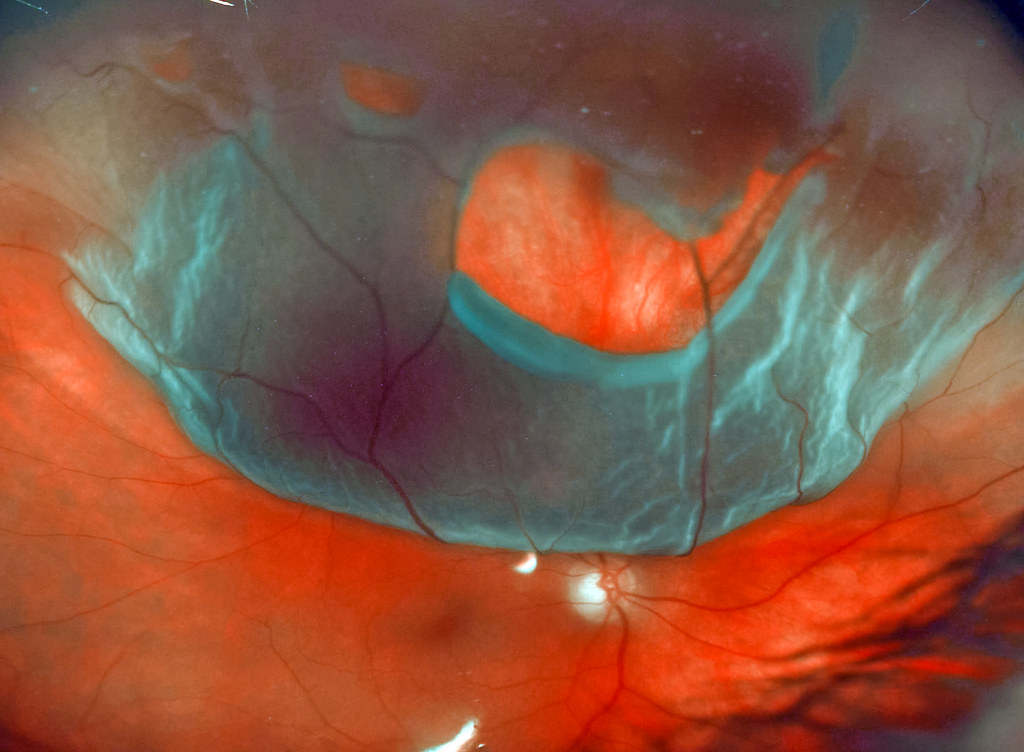Retinal detachment happens when the retina pulls away from its normal position in the eye, disrupting its ability to process and send visual signals to the brain. While many factors influence the development of this condition, genetics plays a significant role by shaping an individual’s predisposition. Here is how genetic predisposition, gene variants, and heritability factors are connected to this condition, providing a deeper understanding of this link:
Genetic Predisposition and Retinal Health
Genetic predisposition refers to the inherited likelihood of developing certain conditions, including retinal detachment. While genetics alone does not determine if someone will experience this condition, having specific inherited traits may increase susceptibility, especially when combined with other risk factors such as trauma or eye surgery.
Research shows that family history is often a strong indicator of this condition. If a close relative has experienced retinal detachment, it suggests that shared genetic factors may elevate individual risk. While this does not guarantee an outcome, it highlights the influence of inherited traits on eye health.
Role of Gene Variants
Gene variants are subtle differences in DNA that may affect how genes function. These variations sometimes impact the structure or strength of the retina. For instance, certain gene variants that regulate connective tissue may play a role in weakening retinal attachments. Such relationships become particularly evident in individuals with hereditary conditions like Stickler syndrome or Marfan syndrome, where gene mutations involve connective tissue integrity throughout the body, including the eyes.
Additionally, some gene variants influence the development of conditions like extreme nearsightedness (myopia), a known risk factor for retinal detachment. Myopia can alter the shape of the eye, stretching the retina and increasing its vulnerability to detachment. A history of eye injuries or trauma can also weaken the retina, making it more susceptible to detachment over time. Furthermore, certain eye surgeries or conditions, such as cataract removal, may increase the risk of retinal detachment in some cases.
Heritability Factors in Retinal Detachment
Heritability refers to how much genetic differences account for variations in traits across individuals. Researchers exploring this condition use data from families or twins to estimate heritability. This helps researchers understand to what extent genetic factors are responsible for the condition. While environmental factors such as severe injury or aging contribute to retinal detachment, strong heritability points to the underlying influence of inherited traits. Identifying these heritability markers can provide insights into early detection and prevention strategies.
Genetics as a Guide
Understanding the genetic ties sheds light on why some individuals face a higher risk than others. By recognizing the impact of genetic predisposition, gene variants, and heritability factors, individuals may make proactive choices to prioritize their eye health. Awareness and regular eye check-ups with a healthcare professional serve as helpful steps to safeguard vision.
Schedule an Appointment With a Specialist
Although genetics plays a role in susceptibility to this condition, it is always only one part of a larger picture. Combining knowledge of genetics with preventive care offers a more comprehensive way to protect eye health and maintain clear vision for years ahead. Ask a specialist about genetic factors that impact retinal development.
- FREHF – The Revolutionary Future Of Human-Centered Technology!
- Adsy.Pw/Hb3 – Boost Your SEO And Drive More Traffic!
- Fitness Based Vacations By Timeshealthmage.com!
- TimesHealthMag Tips For Improving Sleep Quality – Expert Advice For Better Rest!
- How TimesHealthMage Helps Improve Your Lifestyle Habits!


Leave a Reply